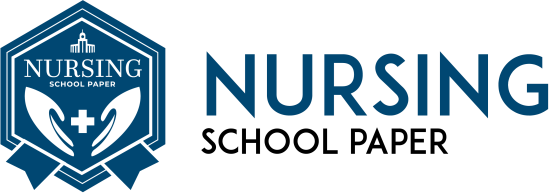
Briefly describe the biogenic amine theory of depression
Discussion: Biogenic Amine Theory of Depression
Briefy describe the biogenic amine theory of depression How
does current drug therapy to treat depression correlate with the biogenic amine
theory? (1 learning objectives)
2 Discuss specific nursing considerations related to the
use of antidepressants in children,adults and older adults(3 learning
objectives)
3 An increased risk of suicide has been reported with the
initiation of antidepressants therapy Describe nursing assessment and nursing
considerations related to suicidal ideation(5 learning depression)
Group Assignment:
1 Each group construct a table that summarize the
therapeutic actions,indications,common adverse reactions,and important
drug-drug interactions with each class of antidepressants:tricyclic
antidepressants (TCA), mono amine oxidase (MAO) inhibitors,selective serotonin
reuptake inhibitors (SSRI), and miscellaneous agents(2 learning objectives)
2Assign each group one class of antidepressantsThe group
compares the prototype drug to the drugs in the classification Discuss
similarities and differences
Clinical Assignment:
1 Select a patient in a clinical setting who has an order
antidepressantdevelop a teaching plan for the patient that includes
educational needs related to the antidepressant and nonpharmacologic
measures(5 learning objectives)
Website:
1conduct Internet research to determine which age Go south
was the most form depressionwhat factors make this age group the most likely
to have depression?How can this research be applied to nursing practice?(3
learning objectives)
2 Conduct Internet research to determine The leading causes
for depression Compare causes of depression to different age groups
You must proofread your paper. But do not strictly rely on your computer’s spell-checker and grammar-checker; failure to do so indicates a lack of effort on your part and you can expect your grade to suffer accordingly. Papers with numerous misspelled words and grammatical mistakes will be penalized. Read over your paper – in silence and then aloud – before handing it in and make corrections as necessary. Often it is advantageous to have a friend proofread your paper for obvious errors. Handwritten corrections are preferable to uncorrected mistakes.
Use a standard 10 to 12 point (10 to 12 characters per inch) typeface. Smaller or compressed type and papers with small margins or single-spacing are hard to read. It is better to let your essay run over the recommended number of pages than to try to compress it into fewer pages.
Likewise, large type, large margins, large indentations, triple-spacing, increased leading (space between lines), increased kerning (space between letters), and any other such attempts at “padding” to increase the length of a paper are unacceptable, wasteful of trees, and will not fool your professor.
The paper must be neatly formatted, double-spaced with a one-inch margin on the top, bottom, and sides of each page. When submitting hard copy, be sure to use white paper and print out using dark ink. If it is hard to read your essay, it will also be hard to follow your argument.

